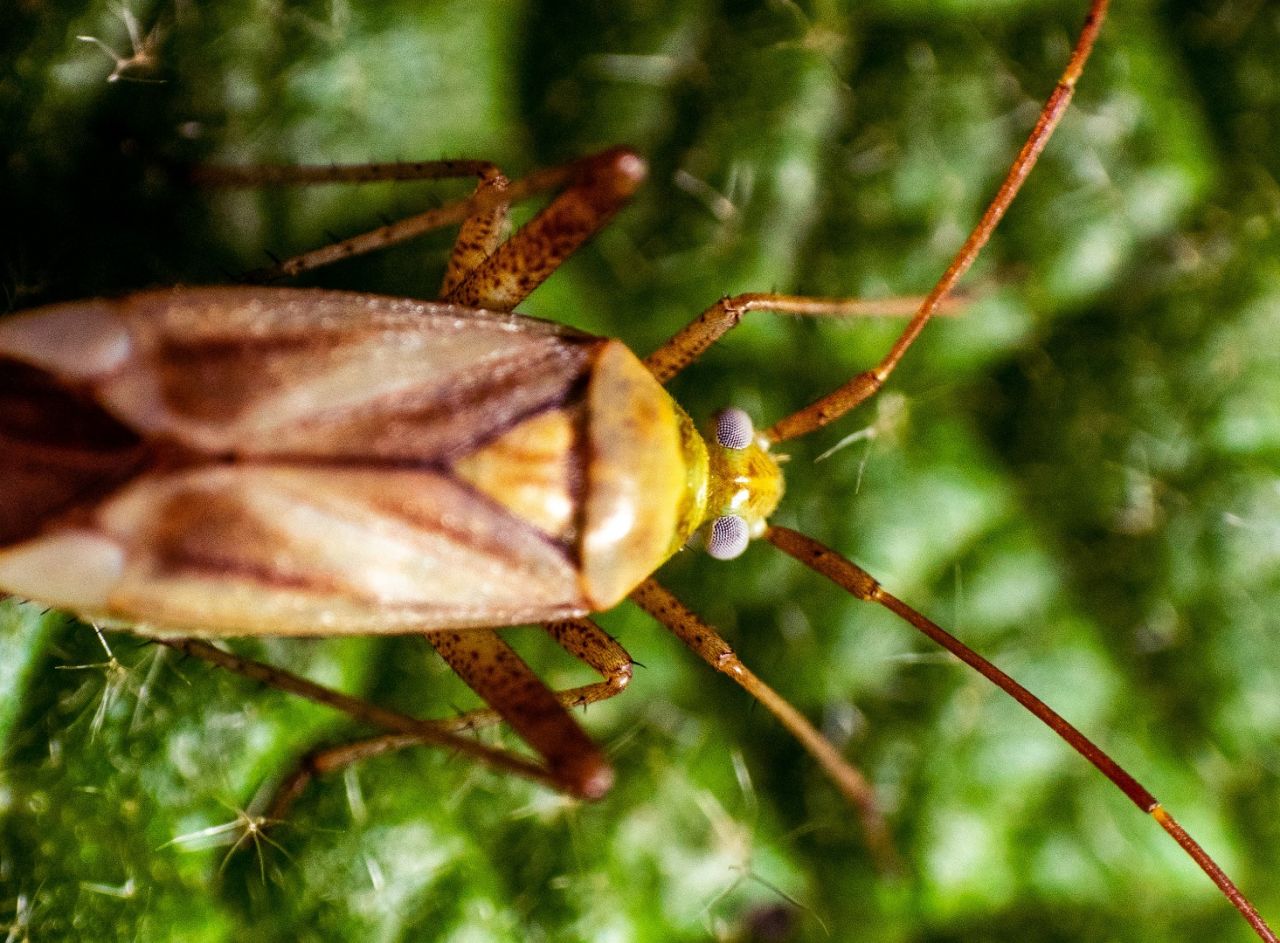Cockroaches can be a problem infestation anywhere. Not only do they multiply in dirty places, they revel in dark, damp places where any sort of food or mould is fair game for a meal, and places like under the sink or around pipes of dishwashers or washing machines are a positive haven for them. They will live inside walls, old electrical conduits, backs of cookers, cracks and sewers – you name it, they will find a way in.
There are three types living here: the smallest is the German (Blatta germanica) at 10-15mm long, next is the Oriental (Blatta orientalis) at 30mm, and lastly - and the biggest - is the American (Periplaneta americana) at 35-40mm long.
These tough little critters have been around since the time of dinosaurs, evolving into some of the most adaptable pests on Earth, and are nigh on impossible to kill. There are approximately 4,000 species of cockroaches in the world. They are said to be able to survive a nuclear war, but although it is unlikely they would survive a nuclear apocalypse, they can survive moderate amounts of radiation, and 20% of cockroaches can survive high atom-bomb level radiation (10,000 rads).
Apparently, cockroaches were found perfectly fine and healthy just 1000 feet away from where the Hiroshima atom bomb was dropped.
Consider these facts: A cockroach can live almost a month without food, can live about two weeks without water, can hold its breath for up to 40 minutes, can live for up to a week without its head, and can run up to 3 miles an hour (I am guessing they need their head on for the running). And, unfortunately, they can cause allergies and trigger asthma attacks, especially in children, and can also spread over 30 different kinds of bacteria. They have wings and some can fly, but most prefer to crawl around.
These disgusting creatures mostly need four key elements to survive: heat, shelter, food and water. They form populations where the above key elements are, and rarely move farther than a few yards from their peers to seek water and food unless there is an overpopulation in their favourite places.
They lay their offspring in egg packets, known as ootheca, which contain up to 50 eggs depending on the species, which are worn by the female for a certain time, she then lays them to mature on their own. The egg packet is coated with a shell-like substance that is impermeable to liquid insecticides. The hatching time varies according to the type of cockroach - it could be as little as 4 weeks or as many as 12, and in 3-4 months, those baby roaches will be fully grown adults with a lifespan of around one year, with a female able produce anywhere between 200 to 300 offspring or 6 generations a year.
Roaches are deterred by scents that humans enjoy, such as citrus, and dislike the smell of cinnamon, bay leaves, garlic, peppermint, and coffee grounds. If you want a strong-smelling disinfectant, choose vinegar or bleach. The best scent-based deterrents are essential oils, such as eucalyptus or tea tree oil.
What attracts cockroaches to your home are dirty dishes in the sink, crumbs on the floors or countertops, any discarded food rubbish, your pets’ food left on the floor, and excess moisture (heed that leaky pipe!)
If you are unfortunate enough to get an infestation, you can have a go with boric acid to try to get rid of them yourself. Used correctly, it’s one of the most effective roach killers. It’s odourless, has low toxicity to pets, and since it isn’t repellent to roaches, they will not seek to avoid it, crawling through it repeatedly until it kills them.
You can set glue traps in places where you know where they are lurking, and caulk up any gaps you know of.
But the best advice is to keep everything clean so there is no attraction in the first place! And if all else fails, contact your local pest controller.
Marilyn writes regularly for The Portugal News, and has lived in the Algarve for some years. A dog-lover, she has lived in Ireland, UK, Bermuda and the Isle of Man.


















This article was very informative. I learnt things that I never knew about CRs and on how to deal with them.
By Ed. from Algarve on 07 Aug 2021, 23:35